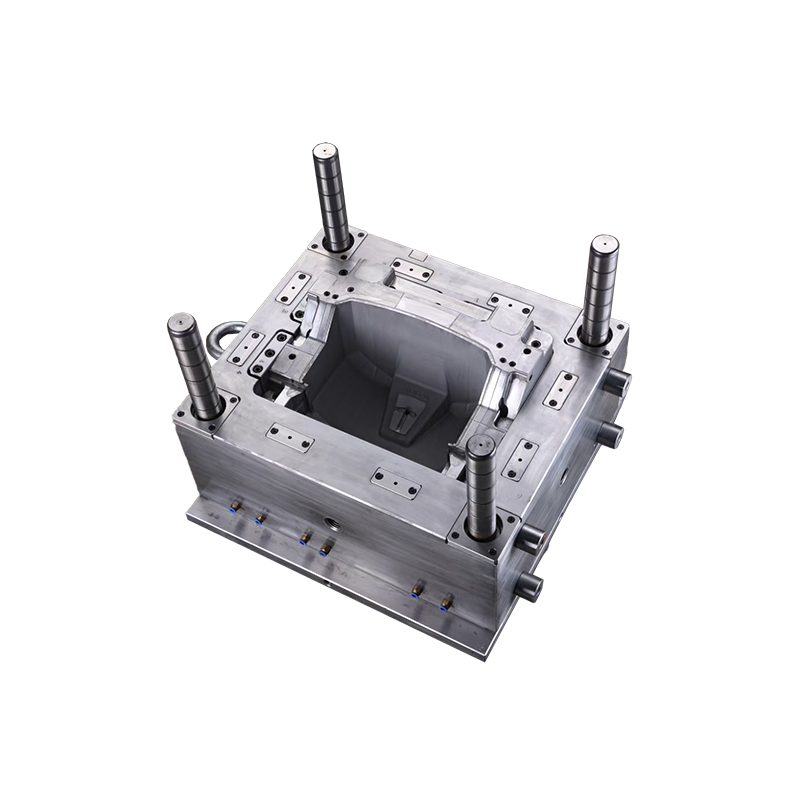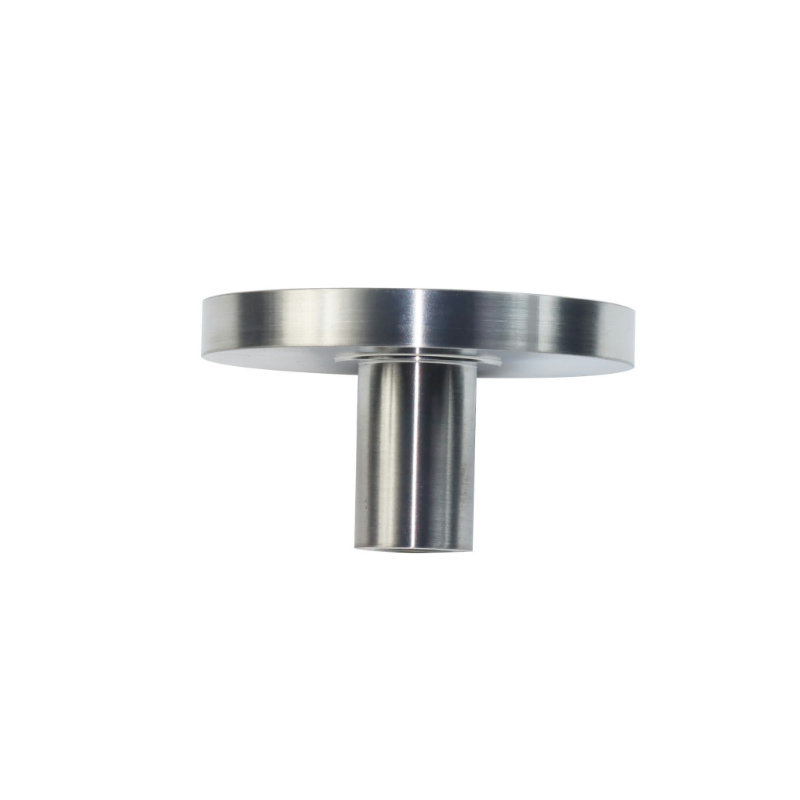We use cookies and other tracking technologies to provide services in line with the preferences you reveal while browsing the Website to show personalize content and targeted ads, analyze site traffic, and understand where our audience is coming from in order to improve your browsing experience on our Website. By continuing to browse this Website, you consent to the use of these cookies. If you wish to object such processing, please read the instructions described in our Cookie Policy / Privacy Policy.
Interested in blogging for timesofindia.com? We will be happy to have you on board as a blogger, if you have the knack for writing. Just drop in a mail at toiblogs@timesinternet.in with a brief bio and we will get in touch with you. Automotive Type

While Kerala is known as God’s Own Country, it is the village of Kunhimangalam near Payyanur in Kannur district which truly deserves the title. Artisans of the village have been zealously pursuing their ancient bronze casting profession and have been ‘god makers’ for close to a millennia, infusing divinity into countless idols which grace temples across the state and beyond.
Though the age-old legacy of the heritage village had come under severe challenge during the Covid pandemic with orders for artifacts in bronze bell and bell metal like lamps, Theyyam accessories and ornaments, vessels etc drying up, the around 25 remaining artisans at Moosari Kowal in the village have kept the tradition alive and are now making attempts to regain their past glory.
For instance, master craftsman Ramachandran Vadakkeveetil, 67, has created around 300 idols of deities which are worshipped in temples across Kerala andKarnataka during the last 50 years. “Making of idols is more than a craft but a meditative spiritual pursuit. We have to imbibe and conceive the deity’s form in our minds from the description provided by the temple’s thantri. They would normally recite a verse from Dhyana Sloka — a book which provides descriptions about the physical attributes of each deity in the Hindu pantheon – and also the thantri would specify the ‘bhava’ of the temple’s deity,” he says. That makes it imperative for a master craftsman to have knowledge of at least one of the ancient treatises about the making of deities. Ramachandran is well versed in Kashyapa Shilpa Shastram, Manasaram, Thanthra Samuchayam, Mayamatam, Vishwakarmeeyam etc which form the guide for crafting idols.
The treatises on Shilpa Sashtra lay down elaborate guidelines regarding the dimensions and proportions to be followed while making idols. Ramachandran says the dimensions of the idol have to be proportional to the dimensions of the entrance to the sanctum sanctorum.
The artisans of Kunhimangalam followthe ancient lostwax method which dates back to the fourth millennium BC and has its origins in the Mediterranean during the Bronze Age.
First, the full size model of the deity, complete with details, is carved in beeswax which is mixed with powdered wood charcoal to give the model a bit of firmness. The sculpted model is then coated with very fine clay often mixed with earth used to form previously used moulds which had been heated in the crucible and then with two other coatings of thicker layers of clay. Also, small thin metal plates are placed between the layers to give the mold the required firmness. The composite structure is then heated and the wax inside is melted out to create a mould which will have all the fine details the craftsman had carved in wax.
On the casting day, the clay mould is placed in a kiln with raging fire and molten alloy is poured into the mould. The alloy is allowed to cool and the craftsman would gently break off the clay mould, witnessing the birthing of the God inside. Ramachandran says that the idols are handed over to the temple authorities in a special ceremony called Elpichu Kodukkuka’. Later, in a final act, the craftsman goes to the temple where the idol will be placed inside an enclosure and he would perform the final act of Nethronmeelanam, or eye opening ritual by sculpting or drawing the eye on the idol using a golden needle. “Till that moment, the idol is considered blind and after that the deity sees the devotees and would shower blessings. With that our job is done,” said Ramachandran. The deity idol is then consecrated by the temple priests with elaborate rituals and chanting of hymns.
The craftsmen of Kunhimangalam make idols in various alloys including panchaloha, which is an alloy of five metals, gold, silver, copper, zinc and iron, apart from bronze and other alloys. Kunhimangalam’s craftsmen also supply the brass and bell metal items used in temples for performing poojas and also make accessories for Theyyams in the around 400 Theyya kavus in North Malabar like chulambu (ankle rattle), thalappali, the sacred ornament worn by the Theyyam on the forehead, and other metal embellishments.
Apart from the spiritual, Kunhimangalam also has unrivalled diversity when it comes to the range of around 400 products, including as many as 30 different types of lamp from the Ramayana lamp which intricately depicts scenes from Ramayana like the Pattabhishekam costing around Rs 3 lakh to Dashavathara lamp to Ashtamangalyavilakku to the popular Lakshmi vilakku and Thookuvilakku, apart from vessels, bells, artifacts and even custom-made interior design pieces.
The artisans of Kunhimangalam had formed a cluster Kunhimangalam Bell Metal Heritage (Pvt Ltd) in 2018 to revitalize the tradition and to ensure that the new generation is attracted to the vocation to keep it alive. The initiative has been set up with a grant support of Rs 1. 4 crore and a common facility centre has been set up.
“We would like to get a GI tag for Kunhimangalam’s products and efforts are on in that direction. Also, under the Rural Art Hub project of the department of Culture the Vigraha Self Help Group the artisans are getting interest free loans to purchase raw materials,” P Valsan, managing director of KBMHPL, said.
District collector S Chandrasekhar said that efforts are underway to see if 3D printing technology can be used for faster preparation of wax moulds which the artisans are currently making manually. ” A meeting between experts from National Institute of Electronics and Information Technology (NIELIT), Kozhikode and artisans was held recently in which a demonstration of 3D printing was made before the craftsman. It is expected that it will be useful for the artisans but is in the preliminary stage,” he said adding that the district administration is also chalking out plans to help the artisans export their products and also for taking Geographical Indication (GI) registration.
{{{short}}} {{#more}} {{{long}}} ... Read More {{/more}}
Views expressed above are the author's own.
Union of 100 states: Why India must have many small states. It will make for better economy and better politics
Short Sellers: A short, murky history – Outfits like Hindenburg often push ethical boundaries. But the lesson from the Adani episode is that good corporate governance is the best defence against such attacks
Cruel crackdown: Assam’s mass arrests against child marriage endanger due process, increase women’s suffering
In Assam, the answer is schools, not jails: Crackdown on child marriage doesn’t address real causes: girls’ education & women’s jobs
No smarts in Adani crisis: How BJP, opposition, many commentators & the group itself got their responses wrong
Help Afghan women: Prioritise visas for them. Save them from Taliban
MPs, use the break: Budget session’s second half should hopefully see some quality arguments on the GoI economic policy
We the people should know who they are: Judges are not above their politics and life experiences, their diversity counts
Don’t spook the justice system
We should appreciate the grandeur of Mughal monuments but not their rule
Interested in blogging for timesofindia.com? We will be happy to have you on board as a blogger, if you have the knack for writing. Just drop in a mail at toiblogs@timesinternet.in with a brief bio and we will get in touch with you.
Ruminations,TOI News,Tracking Indian Communities

Injection Molds Copyright © 2023 Bennett, Coleman & Co. Ltd. All rights reserved. For reprint rights: Times Syndication Service